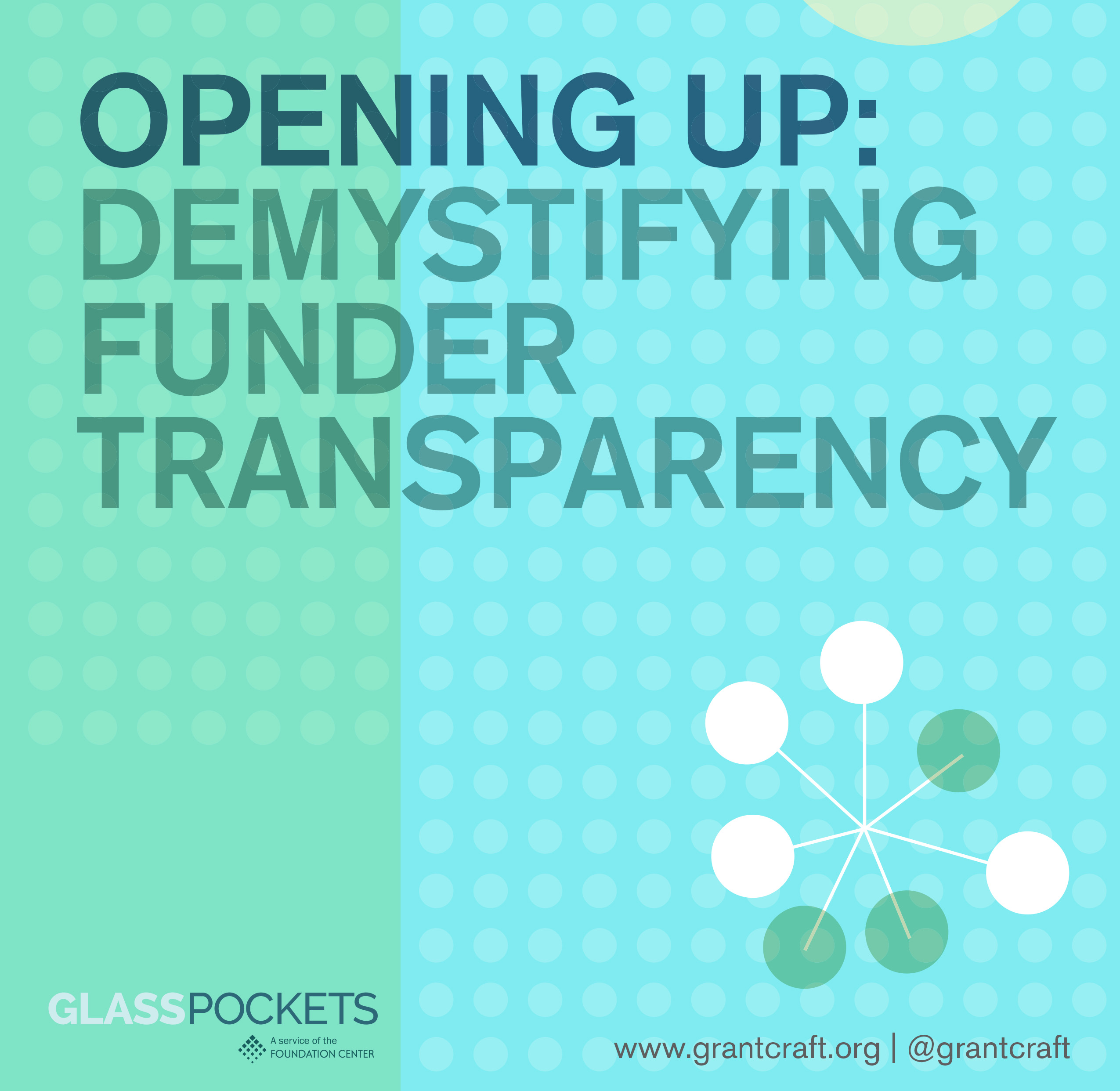Improving Relationships Bring Nonprofits Together, Then Step Aside
Another way that funders can facilitate transparency is by acting as connectors or conveners. By bringing nonprofits together, they enable organizations to comment on and help strengthen one another’s work. Funders are well positioned to play this critical role because of their capital and connections, and doing so visibly can encourage collaboration that otherwise might not happen due to competitive pressures, time, and lack of knowledge. It also provides stakeholders with valuable insight about a foundation’s agenda.
Rob DiLeonardi, executive director of the VNA Foundation in Chicago, says that one of his “absolute pet peeves” is the idea of people taking the same approach to issues without finding ways to work together. Starting in 2004, the VNA Foundation and the Michael Reese Health Trust convened about 50 people from agencies that specifically provided health care for homeless community members. Over the years, he had noted proposals from these organizations asking for essentially the same thing, such as money to fund a part-time nurse, and sensed that connecting these groups could yield an effective program solution that met their shared needs. The entire cost for each meeting was around $250 to cover the costs of refreshments and office space, and minimal amounts of staff time.
“Our primary goal was just to get them to talk to each other and share information,” DiLeonardi recalls. “And what started out as a very sort of cautious conversation—where they would share the most basic bits of information about their programs—eventually became a conversation where people openly and frankly shared their challenges and successes. The more open that people got and the more they shared, they more we felt we were contributing pretty dramatically to the efficiency of their operations.”
After about the third convening, the funders bowed out and the agencies continued to meet regularly. There was a direct outcome: several of the member agencies eventually banded together to form the West Side Collaborative, a group with a newly honed strategy to tackle the issues that formed the basis of the convenings, which the VNA Foundation later funded.
In addition, the foundation noticed that participating nonprofits showed a greater understanding of outcome measurements in later applications. For example, rather than a proposal promising that, if funded, 300 people would be seen by a doctor, a proposal will now say that if funded, at least 75 percent of people seen by a doctor will show control of their diabetes as measured by their blood tests six months after their first appointment.


